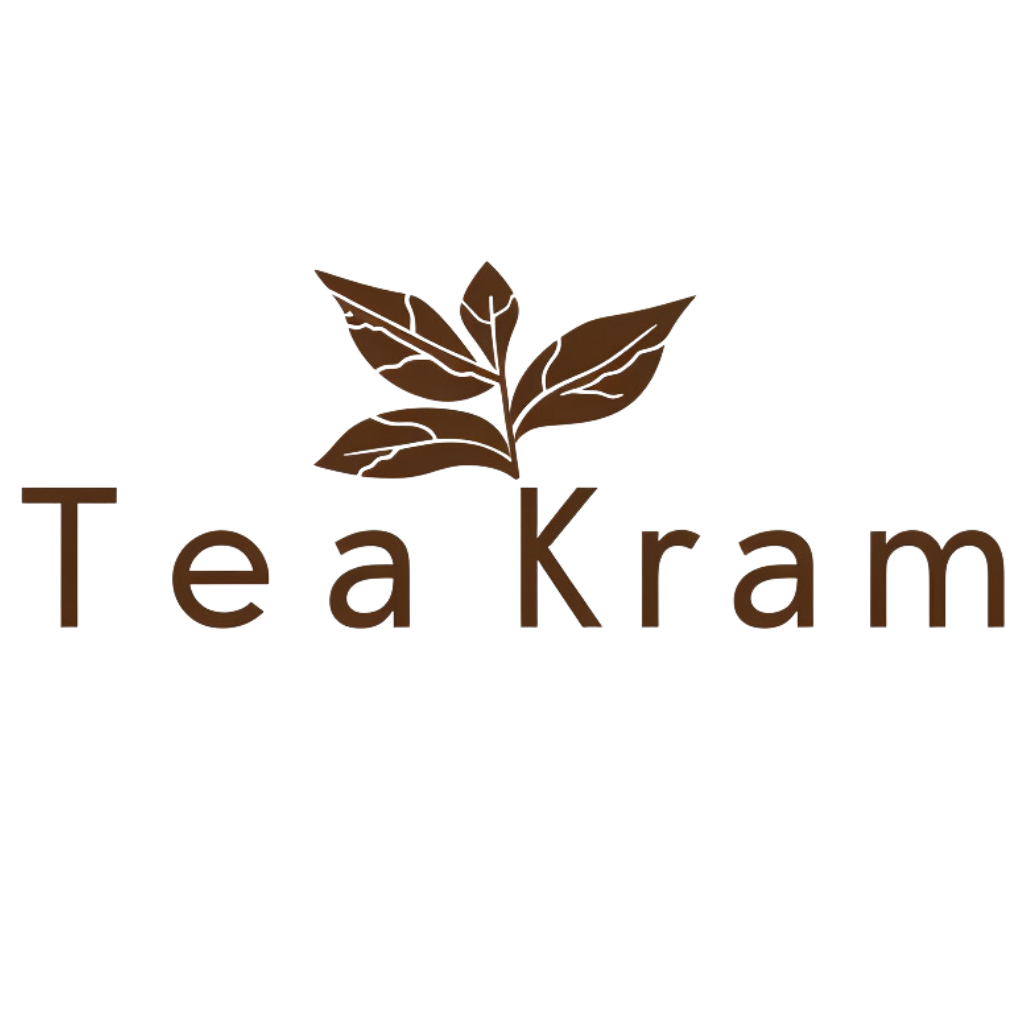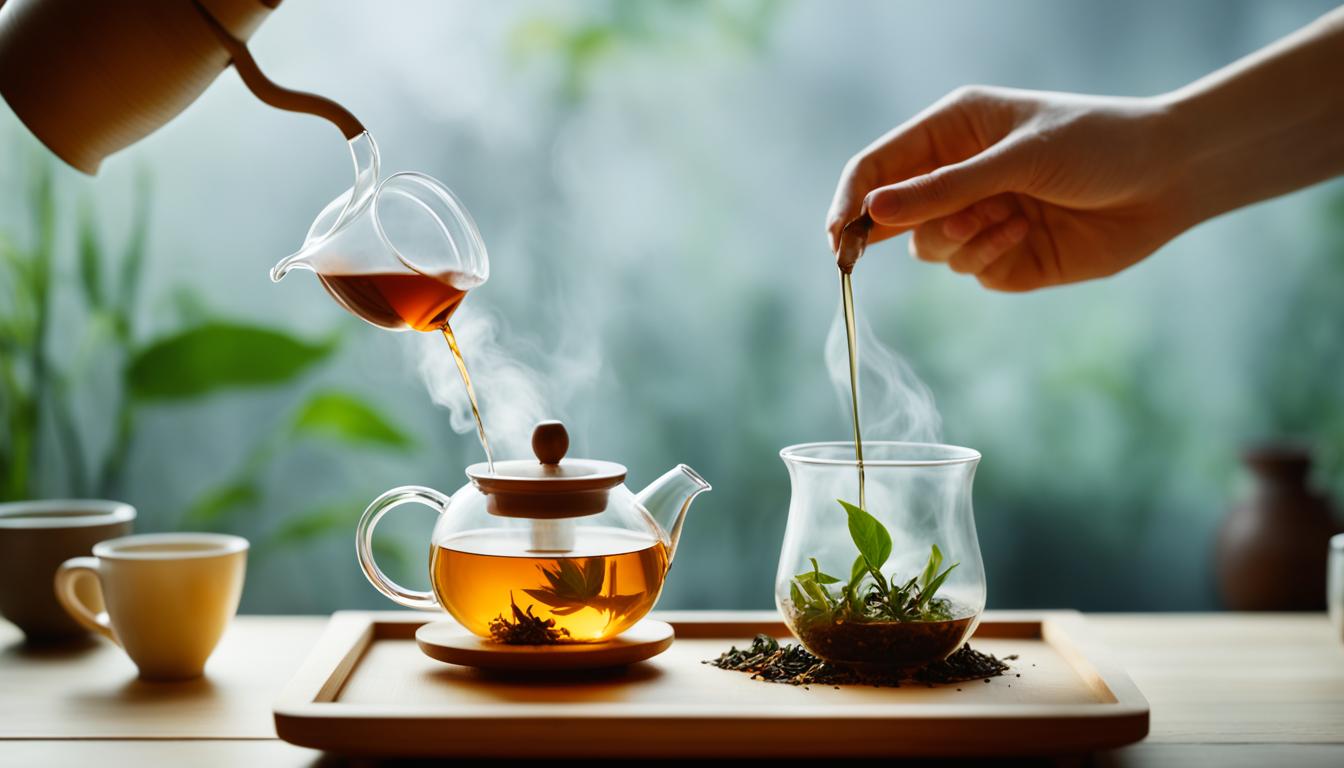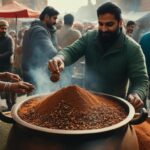In the world of tea connoisseurs, The Art of Oolong Tea Brewing stands as a testament to skill and tradition. Immersing oneself into this time-honored practice means more than simply heating water and steeping leaves; it is the cultivation of an experience that invigorates the senses and calms the mind. Perhaps you’ve wandered through aromatic market lanes or sat gently sipping in a tranquil tea house, yearning to recreate that perfect cup. Worry not, for this oolong tea brewing guide is the beacon to which you can anchor your aspirations.
To brew oolong tea is to engage in a ritual that dates back centuries, refined by the hands of masters, and presented now to those who seek a deeper connection with their infusion. A world where every nuanced flavor and every silken aroma unfolds uniquely in the vessel of your choice. This guide is an invitation—a chance to not just make tea, but to discover the essence of patience, precision, and delight that lies within each leaf.
Key Takeaways
- Oolong tea brewing is an art form steeped in culture and intricate detail.
- Understanding the nuances of the brewing process is key to enhancing the tea experience.
- Selecting the right leaves and water quality are fundamental to achieving the perfect brew.
- Temperature and timing are crucial for expressing the delicate balance of flavors in oolong tea.
- Embarking on this brewing journey promises a rewarding exploration of both taste and tranquility.
- Patience and attentiveness are your companions in mastering the oolong tea brewing art.
The Art of Oolong Tea Brewing: A Comprehensive Guide
The quest for the perfect cup of oolong tea is an adventure through a variety of landscapes, each defined by its own unique flavor and aromatic profile. Let us embark on a journey that illuminates the nuances of oolong tea varieties, the meticulous selection of quality leaves for brewing, and the substantial role of water quality in tea making—all fundamental factors in the oolong tea steeping process.
Understanding Oolong Tea Varieties
Oolong tea, with its broad spectrum of flavors, is an expression of the region and traditions from which it originates. Among the renowned oolong tea varieties are Tieguanyin, known for its floral allure, Da Hong Pao with its deep roasty character, and the buttery smoothness of Dong Ding. The Tea Association of the USA highlights that these distinctions are not mere happenstance but the result of diverse terroir, judicious production methods, and carefully controlled oxidation processes that bring out each tea’s unique essence.
Selecting Quality Leaves for Your Brew
Choosing the ideal leaves is not a task to be taken lightly. As guided by the Specialty Tea Institute, the selection process calls for a keen eye for leaf appearance, an acute sense of fragrance, and knowledge of the tea’s origin. The craftsmanship that goes into producing fine oolong tea is paralleled only by the care that must be taken to pick leaves that suit your palate and will yield the most flavorful brew.
The Importance of Water Quality in Tea Making
Water is the unsung hero in the art of tea brewing. Its quality can either elevate the tea to its highest potential or dampen its spirit. Studies by the International Tea Masters Association report how the source of water, its temperature, and mineral profile can affect the taste and tactile sensation of tea. The essence of oolong is drastically influenced by these factors, underlining the importance of using water that complements and enhances the intricate flavors of the leaves.
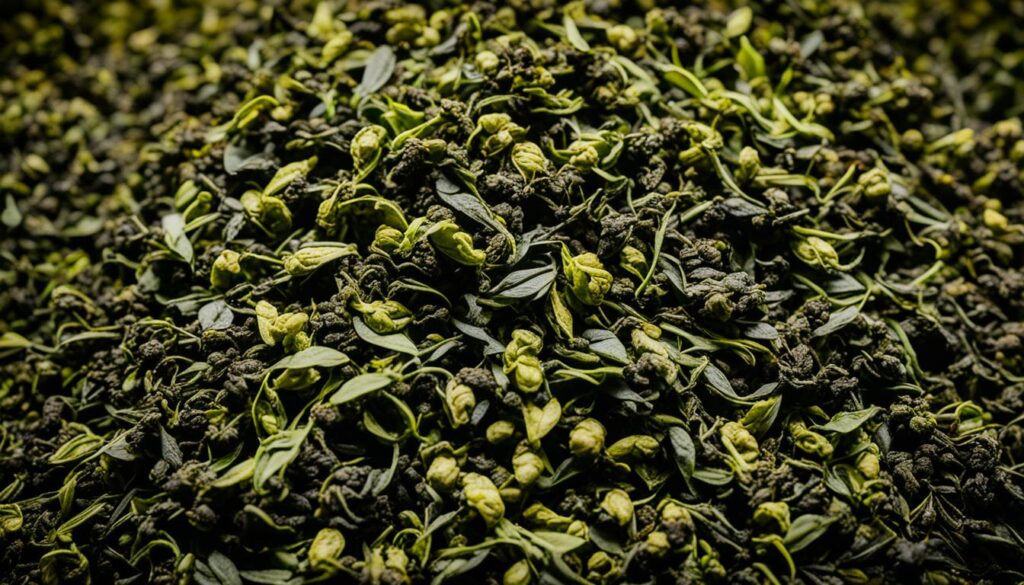
| Variety | Region | Flavor Profile | Oxidation Level |
|---|---|---|---|
| Tieguanyin | Anxi, China | Floral, with a hint of creaminess | Light to medium |
| Da Hong Pao | Wuyi Mountains, China | Robust, with roasted notes | Medium to heavy |
| Dong Ding | Nantou, Taiwan | Smooth, buttery, with a fruity finish | Medium |
Mastering Oolong Tea Brewing Techniques
Embarking upon the delicate craft of preparing oolong tea, enthusiasts must navigate through varying factors that can influence the ultimate cup. Grasping the finer points of brewing can transform your tea experience, enhancing the aroma and palate of this exquisite beverage. The intricacies of oolong tea brewing temperature, brewing time, and equipment play a pivotal role in perfecting the process from leaf to cup.
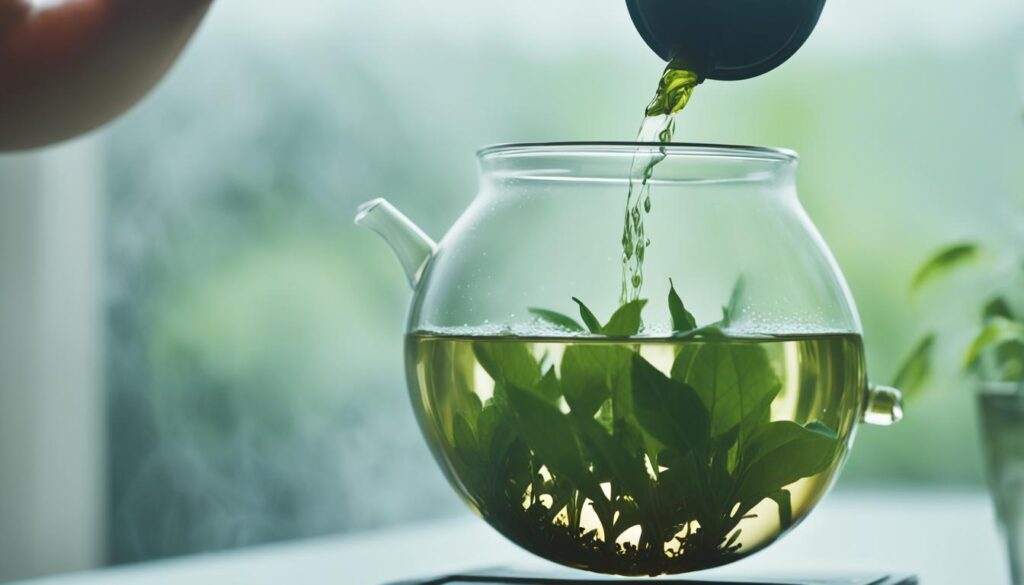
Optimizing Oolong Tea Brewing Temperature
To capture the essence of oolong tea, the brewing temperature must be finely tuned. The range between 180°F to 200°F is often recommended, though this may differ based on the specific variety of oolong. The goal is to release the intricately woven flavors without damaging the integrity of the leaves—an effort that showcases the beauty in patience and precision.
Perfecting Oolong Tea Brewing Time for Enhanced Flavors
The quest for a perfect brew also relies heavily on timing. Oolong tea brewing time is a delicate balance; too brief a steep and you’ll miss the depth, too long and the notes may turn bitter. Typically, an initial steep of 1 to 3 minutes is ideal, with the opportunity for multiple infusions that gradually unfurl the depths of oolong’s flavor profile with each subsequent brew.
Oolong Tea Steeping Process: A Step-by-Step Guide
- Begin with pure, filtered water, heating it to the desired temperature range based on your oolong selection.
- Measure approximately 1 teaspoon of oolong tea for every 6 ounces of water, adjusting for personal strength preference.
- Allow the water to cool to the specific temperature before pouring over the tea leaves, ensuring a measured release of flavor.
- Steep the leaves for the recommended time, being attentive to the changes in flavor with each additional minute.
- Enjoy the first infusion as a glimpse into the complexity of oolong, and consider re-steeping the leaves to explore further nuances.
Using the Right Oolong Tea Brewing Equipment
The tools chosen for brewing oolong tea can enhance both the flavor and experience. Traditional Yixing teapots are famed for their porous clay, which absorbs the essence of the teas over time. Alternatively, contemporary brewers may opt for glass or ceramic vessels, which are aesthetically pleasing and functional for observing the dance of the leaves.
| Oolong Tea | Recommended Temperature | Recommended Brewing Time | Suggested Equipment |
|---|---|---|---|
| Tieguanyin | 195°F | 2 minutes | Yixing Teapot |
| Da Hong Pao | 200°F | 3 minutes | Gaiwan |
| Dong Ding | 195°F | 2 minutes | Glass Teapot |
Conclusion
The artistry of oolong tea brewing is a symphony of sensory experiences and technical precision. Throughout this guide, we’ve traveled through the rich landscape of oolong tea brewing methods, uncovering the importance of temperature control, timing, and the ritualistic steeping process that together compose the melody of a perfect brew. Each cup of oolong tea is a narrative, flavored with the unique subtleties of its origin and the dedication of its brewer.
To perfect your personal brewing technique, remember that quality ingredients are the foundation. Whether you’re cradling a robust Da Hong Pao or a delicate Tieguanyin, the journey towards brewing excellence relies on a blend of these quality ingredients with patience and precise techniques. Utilize the oolong tea brewing tips detailed in this guide as your compass, pointing you toward a deeper appreciation of oolong’s complex character.
Embarking on the path to mastering the art of oolong tea is a continuous adventure, one that reveals subtleties and surprises with each cup. This is not merely a destination but a lifelong pursuit of taste, refinement, and self-discovery. Let each step forward in this journey enrich your understanding, heighten your senses, and bring joy to your soul.
FAQ
What is the essence of The Art of Oolong Tea Brewing?
The Art of Oolong Tea Brewing is a journey of finesse that requires patience and a deep appreciation for the flavors and aromas given by this traditional Chinese tea. It’s a meditative practice that transcends the usual preparation of a beverage, invoking mindfulness and enriching sensory engagement.
What are some of the most renowned oolong tea varieties?
Some celebrated oolong tea varieties include Tieguanyin, known for its floral notes and creamy mouthfeel; Da Hong Pao, with its robust and roasty character; and Dong Ding, offering a balance of fruity and toasty flavors. Each variety boasts a unique profile that is shaped by its terroir, production methods, and level of oxidation.
How do I select quality oolong tea leaves?
When selecting quality oolong tea leaves, look for leaves that have a uniform appearance and a fresh, uplifting fragrance. The origin of the leaves can also be an indicator of quality, as different regions are known for their specific oolong tea characteristics. Research and guidance from reputed institutions like the Specialty Tea Institute can be invaluable in making an informed choice.
Why is water quality pivotal in brewing oolong tea?
Water is the ‘mother of tea’ and its quality is crucial because it can influence the tea’s flavor, aroma, and mouthfeel. Factors such as the water source, temperature, and mineral content can dramatically alter the final cup. Using the right water is fundamental for crafting an exquisite oolong tea experience.
What is the ideal brewing temperature for oolong tea?
The ideal brewing temperature for oolong tea can range from 180°F to 200°F, depending on the specific variant. Lighter oolong teas typically require cooler temperatures to preserve their delicate flavors, while darker, more oxidized oolongs may benefit from higher temperatures to extract deeper notes.
How long should I steep oolong tea?
The steeping time for oolong tea can vary extensively but generally falls between 3 to 5 minutes for the first infusion. This time frame is flexible and can be adjusted according to personal taste preferences. Understanding how brewing time affects the tea’s intensity and flavor is key to mastering individual brewing techniques.
Can you provide a simple step-by-step guide to the oolong tea steeping process?
Absolutely. Begin by heating your water to the appropriate temperature. Next, place the oolong tea leaves in a teapot or infuser. Pour the hot water over the leaves and let them steep for the recommended time. After steeping, remove the leaves or the infuser from the water. Finally, pour the tea into cups and enjoy. Keep in mind that oolong tea leaves can be re-steeped to enjoy multiple infusions, each with unique flavor profiles.
What equipment is essential for brewing oolong tea?
To brew oolong tea, essential equipment includes a teapot or a brewing vessel, such as a Gaiwan or a Yixing pot, which some believe enhances the tea’s flavor. You’ll also need an infuser or strainer if your teapot doesn’t have one built-in. Additionally, a kettle with temperature control could be beneficial for achieving the precise water temperature needed for the perfect brew.
